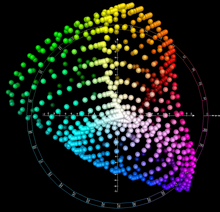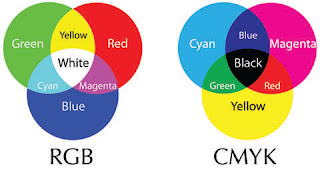Upcoming Guest Opinions Post!

Hello everybody, Sometime in the next few days I am planning my first guest opinions post! This format will consist of me and a couple of friends each writing a little on a question, and then a little conclusion! Maybe at some point down the line, you guys can write a paragraph too! So here's the first motion, if you will! " Is C a useful skill in 2023? " We will examine views from multiple angles of the programming spectrum. Lined up to contribute, I have myself, my web dev friend, and a more Python angled developer! What do you think of this hot question? Feel free to post your answer in the comments section below!



